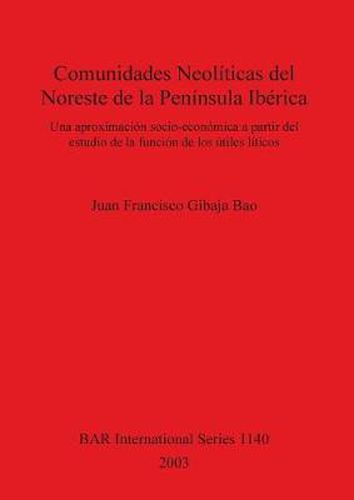Readings Newsletter
Become a Readings Member to make your shopping experience even easier.
Sign in or sign up for free!
You’re not far away from qualifying for FREE standard shipping within Australia
You’ve qualified for FREE standard shipping within Australia
The cart is loading…






This title is printed to order. This book may have been self-published. If so, we cannot guarantee the quality of the content. In the main most books will have gone through the editing process however some may not. We therefore suggest that you be aware of this before ordering this book. If in doubt check either the author or publisher’s details as we are unable to accept any returns unless they are faulty. Please contact us if you have any questions.
The Early-Middle Neolithic period in northeast Spain was a period of considerable change. Through statistical analysis of four burial sites, examination of associated grave goods and use-wear analysis of stone artefacts from the graves, the author aims to reconstruct aspects of the socio-economic organisation of the people who inhabited these sites. Flint was shown to be an important part of funerary ritual and inferences are made on links between tools and the age and sex of the individual interred, and their relationship to other types of grave goods. Spanish text; short French and English abstract.
$9.00 standard shipping within Australia
FREE standard shipping within Australia for orders over $100.00
Express & International shipping calculated at checkout
This title is printed to order. This book may have been self-published. If so, we cannot guarantee the quality of the content. In the main most books will have gone through the editing process however some may not. We therefore suggest that you be aware of this before ordering this book. If in doubt check either the author or publisher’s details as we are unable to accept any returns unless they are faulty. Please contact us if you have any questions.
The Early-Middle Neolithic period in northeast Spain was a period of considerable change. Through statistical analysis of four burial sites, examination of associated grave goods and use-wear analysis of stone artefacts from the graves, the author aims to reconstruct aspects of the socio-economic organisation of the people who inhabited these sites. Flint was shown to be an important part of funerary ritual and inferences are made on links between tools and the age and sex of the individual interred, and their relationship to other types of grave goods. Spanish text; short French and English abstract.